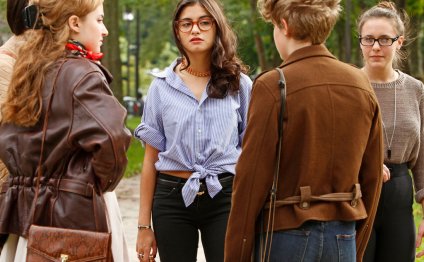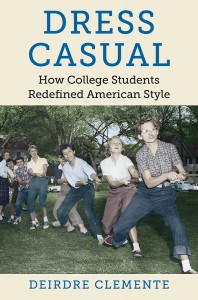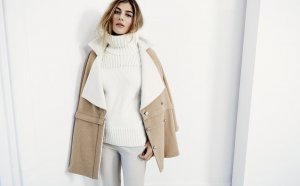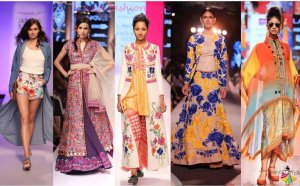
Fashion trends for College students
 within the following interview, Deirdre Clemente, writer of , discusses exactly how university students are at the epicenter of informal manner.
within the following interview, Deirdre Clemente, writer of , discusses exactly how university students are at the epicenter of informal manner.
Q: You went to the style Institute of tech as a Masters pupil. Just how could you describe your own personal university fashion while at FIT, and how could you describe your private design these days?
A: At FIT, pupils moved around in everything from dirty sweatpants to capes made of stuffed pets, therefore my bizarre ensembles barely switched a mind. We mixed quirky thrift shop with couture pieces scavenged from purchase racks at Century 21. From the a purple, men’s Jean Paul Gaultier fit I bought for like $75 and had tailored to fit. I used to set it with vintage tees or raggy tank tops. Looking right back, i believe i have to have looked like Barney the dinosaur, but I was thinking it had been cool. That’s one half the battle with fashion—thinking that you’re cool.
I am six feet high, and so I look like an oversized infant in lots of of the cutie-cute outfits we see at fast style places such H&M. They don’t even can be bought in my size. I need to have virtually every set of jeans We purchase tailored. We play up my level with caftans and painter’s coats. Everyone loves high-waisted, wide-legged jeans, à la 1940s display stars. I adore Italian knitwear. I'm really into cultural garments (We gather dashikis), and I also accessorize with chunky jewellery and berets. Located in Nevada it's all about cowboy boots—beat-up cowboy boots, naturally.
Q: What inspired one to focus particularly on college students due to the fact source of modification and development in style?
A: My very first year teaching at Carnegie Mellon, we told my class of freshmen that anybody who turned up in seasonally unacceptable garments would get a C- for the training course. Shorts and flip-flops into the Pittsburgh wintertime blew my head because it made no good sense. Style and personal design being dissected because of the greatest thoughts associated with twentieth century—sociologists including George Simmel, David Riesman, and Herbert Blumer. Every person acknowledges that in a variety of ways manner isn't expected to seem sensible. Once we accepted that, I began to inquire in regards to the historic context of student dress, and I discovered that student gown had been baffling onlookers for pretty much a century. That’s whenever I knew I happened to be onto anything.
Q: You mention your spread of “casual” clothes has received a fantastic social democratizing impact in America and internationally. Just how therefore?
A: clothes has been utilized to demarcate socioeconomic course for millennia. There were no or very limited options to disguise one’s course. In the 20th century, informal gown supplied a sartorial center surface for wealthy, for bad, and most of all of the, the vast number of us who start thinking about ourselves somewhere in between. Everyday dress is the consistent of the American middle-income group. Sure, there was an improvement between a blazer from Old Navy and something from Armani, but most people can’t actually inform unless you look closely (I can inform from across the space!). Casual gown allows anyone to immediately connect by themselves with all the values of this US middle income. On an international scale, informal dress is United states gown. Tees and jeans, athletic shoes, sweaters—these clothes were popularized by Us americans, by college students, and generally are today worn around the globe.
Q: You remember that all of those other country adopted university students’ lead in style. Just what did you get a hold of inspired college students on their own? How performed they develop an innovative new particular style?
A: university students had been a main area of the push towards informal dress—there had been other elements, including Hollywood together with increase of Ca as a fashion trendsetter, including. But students had the critical size to initiate extensive modification. In many ways these were the foot troops of informal dress. Besides obtaining the figures, university students lived-in a largely self-regulated environment that permitted them to flout convention. Their manner choices weren't driven by social criteria recommended by moms and dads or style editors. Rather, they chose clothing which was practical and comfortable—and those two attributes attended to define the current United states clothes.
RELATED VIDEO



Share this Post
Related posts
Winter Style
WinterStyle.com specializes in premium quality winter months outerwear accessories. Discover the seasons hottest winter months…
Read MoreFashion trends for Spring Summer 2015
JOHN ROCA/For New York frequent Information Forget mellow yellow, springtime s shade is sunny. From clothes to pants, top…
Read More










